Magnetic cores are fundamental components in a vast array of electrical and electronic devices, from power transformers and inductors to motors and sensors. At their heart, these seemingly simple structures are intricate marvels of material science and electromagnetism, designed to efficiently concentrate and guide magnetic flux. To understand how they work, we need to delve into the principles of magnetism and the specific properties of the materials used.
The Basics of Magnetism and Magnetic Permeability
The operation of a magnetic core hinges on the concept of magnetic permeability (), a material's ability to support the formation of a magnetic field within itself. In simpler terms, it's a measure of how easily magnetic lines of force can pass through a material. Air or vacuum has a magnetic permeability () of approximately H/m (henries per meter), which serves as a reference.
Ferromagnetic materials, such as iron, nickel, cobalt, and their alloys, exhibit exceptionally high magnetic permeability—hundreds to thousands of times greater than that of air. This unique characteristic stems from their atomic structure, specifically the presence of unpaired electrons that act as tiny magnets. In these materials, under the influence of an external magnetic field, these atomic magnets (or magnetic domains) align themselves, significantly amplifying the overall magnetic field.
When a conductor carrying an electric current is wound around a core material, it generates a magnetic field. If this core material has high permeability, it effectively "collects" and concentrates these magnetic field lines, channeling them through its body. This concentration of flux is the primary function of a magnetic core.
Key Functions and Applications
The ability of magnetic cores to concentrate magnetic flux enables several crucial functions:
-
Increased Inductance: In an inductor, a coil of wire creates a magnetic field. Without a core, the inductance (the ability to store energy in a magnetic field) is relatively low. Introducing a high-permeability magnetic core dramatically increases the inductance of the coil, allowing it to store more energy and become more effective at filtering, tuning, and energy storage. The inductance () of a coil with a core is directly proportional to the core's permeability and the square of the number of turns, and inversely proportional to the magnetic path length.
-
Efficient Energy Transfer (Transformers): In a transformer, two or more coils are wound around a common magnetic core. When an alternating current flows through the primary coil, it generates a changing magnetic field that is efficiently guided through the high-permeability core. This changing magnetic flux then induces a voltage in the secondary coil, allowing for efficient transfer of electrical energy between circuits, with voltage levels being stepped up or down. The core minimizes leakage flux (magnetic field lines that do not link both coils), thereby maximizing coupling efficiency.
-
Improved Magnetic Coupling (Motors and Generators): In motors and generators, magnetic cores form parts of the stator and rotor, guiding the magnetic fields that produce torque or generate electricity. The core ensures that the magnetic field lines effectively interact between the stationary and rotating parts, leading to efficient energy conversion.
Types of Magnetic Cores and Their Properties
The choice of magnetic core material is critical and depends heavily on the intended application, particularly the operating frequency and power levels.
-
Soft Iron Cores: These are among the simplest and oldest types of magnetic cores. Soft iron is used due to its relatively high permeability and low retentivity (its ability to retain magnetism after the external field is removed). They are commonly found in electromagnets where a strong, temporary magnetic field is required.
-
Silicon Steel Cores (Laminations): For AC applications like power transformers, silicon steel is the material of choice. The addition of silicon (typically 0.5% to 4.5%) increases resistivity and reduces core losses, specifically eddy current losses. To further mitigate eddy currents, which are circulating currents induced within the core by a changing magnetic field, these cores are constructed from thin sheets or laminations that are electrically insulated from each other. This breaks up the eddy current paths, forcing them into smaller loops and significantly reducing their magnitude. Hysteresis losses, another type of core loss caused by the energy required to repeatedly magnetize and demagnetize the core, are also considered in material selection; silicon steel has a relatively narrow hysteresis loop, indicating lower energy loss per cycle.
-
Ferrite Cores: Ferrites are ceramic compounds primarily composed of iron oxides mixed with other metallic elements (e.g., nickel, zinc, manganese). Unlike metallic cores, ferrites are insulators, which means they have extremely high resistivity. This property makes them ideal for high-frequency applications (kilohertz to gigahertz range) where eddy current losses would be prohibitive in metallic cores. Ferrites are categorized into:
-
Soft Ferrites: Used in applications like RF transformers, inductors, and EMI suppression. They have low coercivity (easily magnetized and demagnetized) and relatively low losses at high frequencies.
-
Hard Ferrites: Used for permanent magnets due to their high coercivity and retentivity.
-
-
Permalloy Cores: These are nickel-iron alloys known for their extremely high magnetic permeability and low coercivity, especially at low magnetic field strengths. They are often used in sensitive magnetic sensors, magnetic shielding, and high-quality audio transformers where precise magnetic performance is required.
-
Amorphous and Nanocrystalline Cores: These are newer classes of materials formed by rapidly cooling molten metal, preventing the formation of a crystalline structure. They offer excellent magnetic properties, including very high permeability, low core losses, and high saturation flux density, making them suitable for high-frequency power electronics and advanced inductive components.
Core Losses: A Practical Consideration
While magnetic cores enhance performance, they are not lossless. The primary types of losses in magnetic cores under alternating current conditions are:
-
Hysteresis Loss: As mentioned, this is the energy dissipated as heat when the magnetic domains in the core material repeatedly reorient themselves during each cycle of magnetization and demagnetization. It is proportional to the area of the material's hysteresis loop.
-
Eddy Current Loss: These are resistive losses caused by unwanted circulating currents induced within the core material itself by the changing magnetic field. They are minimized by using laminated cores or high-resistivity materials like ferrites.
Engineers meticulously select core materials and designs to minimize these losses, ensuring the highest possible efficiency for the specific application.
Magnetic cores are indispensable components that leverage the principles of electromagnetism and material science to control and optimize magnetic fields. Their ability to concentrate flux, reduce losses, and enable efficient energy transfer makes them critical to the functioning of countless electronic and electrical systems that power our modern world. Understanding their fundamental operation and the properties of different core materials is essential for anyone working with or designing electrical circuits.

 English
English 中文简体
中文简体 Deutsch
Deutsch 日本語
日本語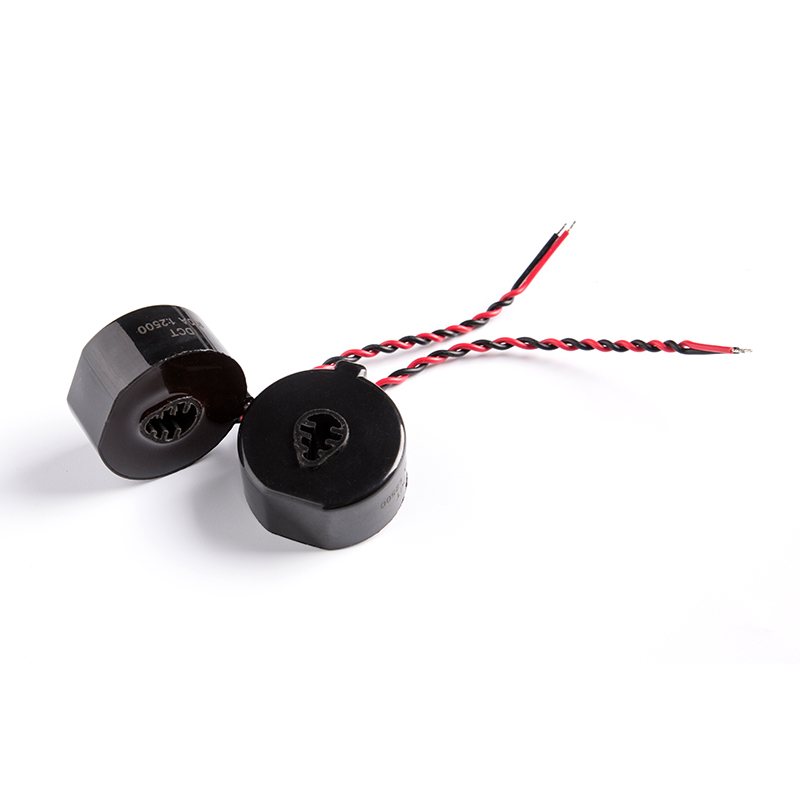
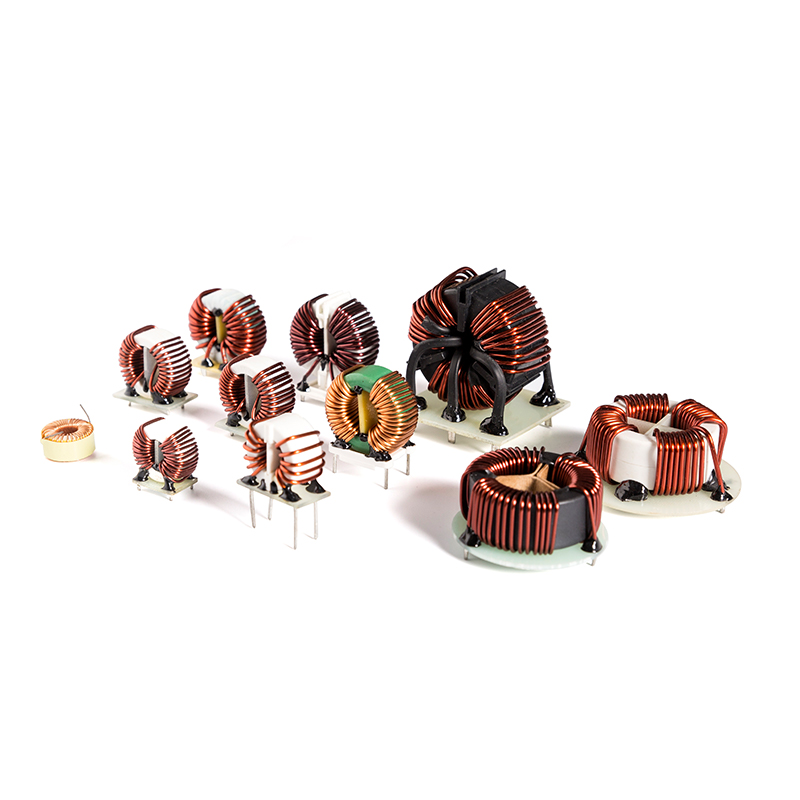
 View More >>
View More >>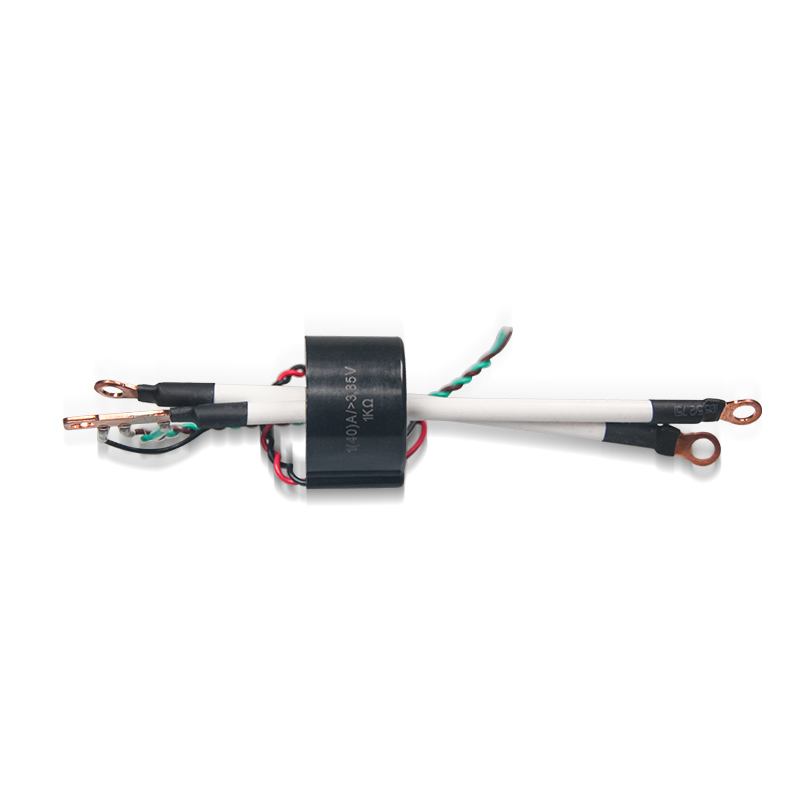 View More >>
View More >>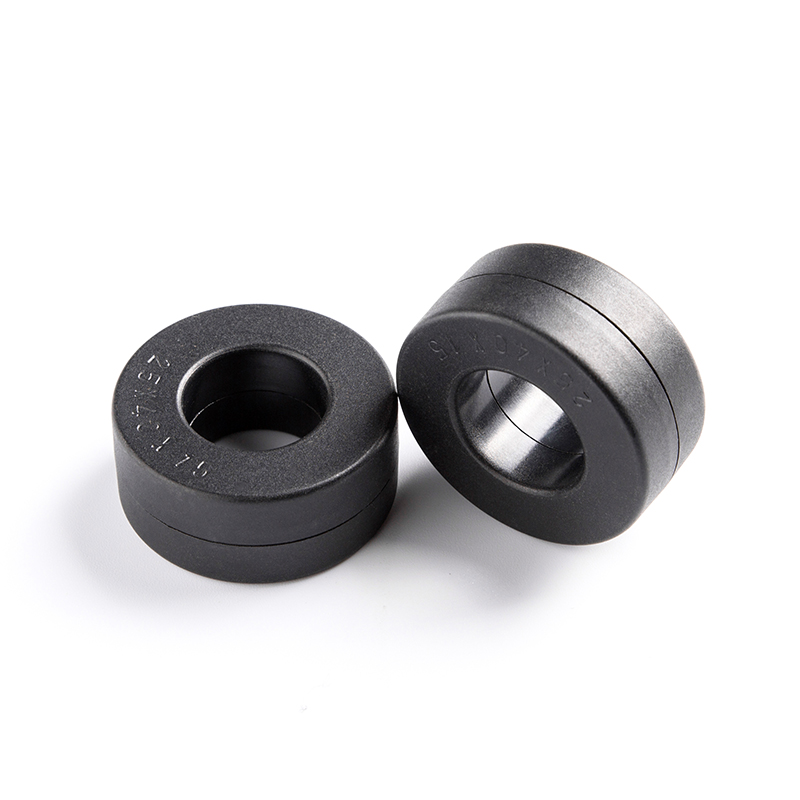 View More >>
View More >>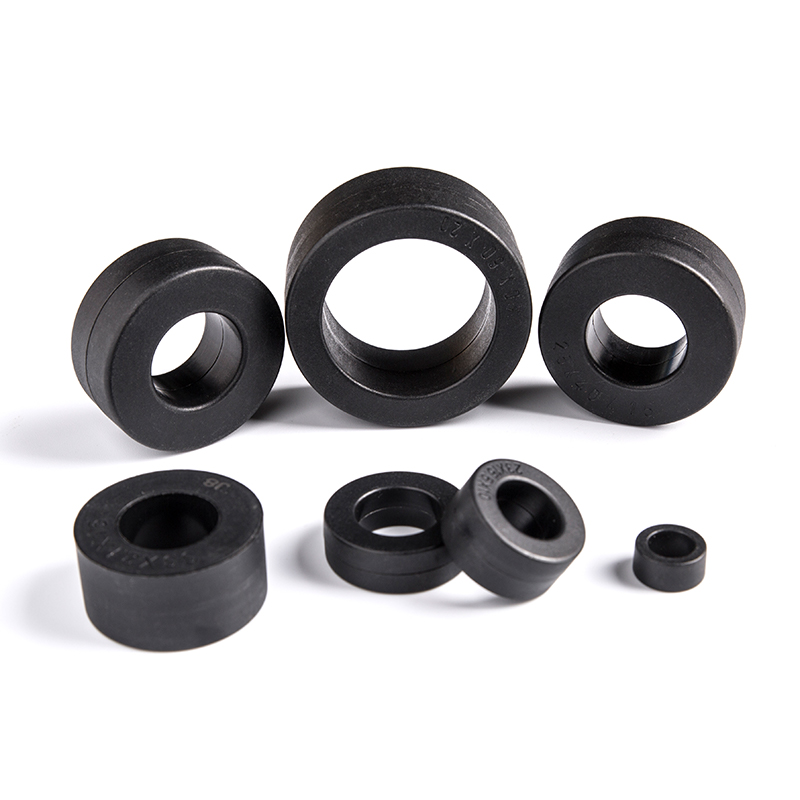 View More >>
View More >>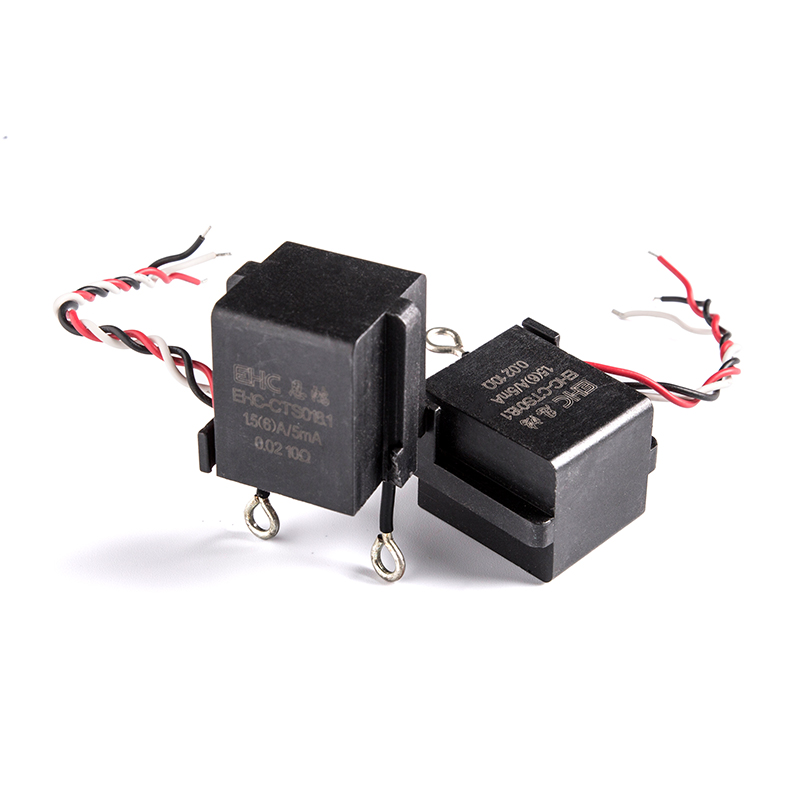 View More >>
View More >>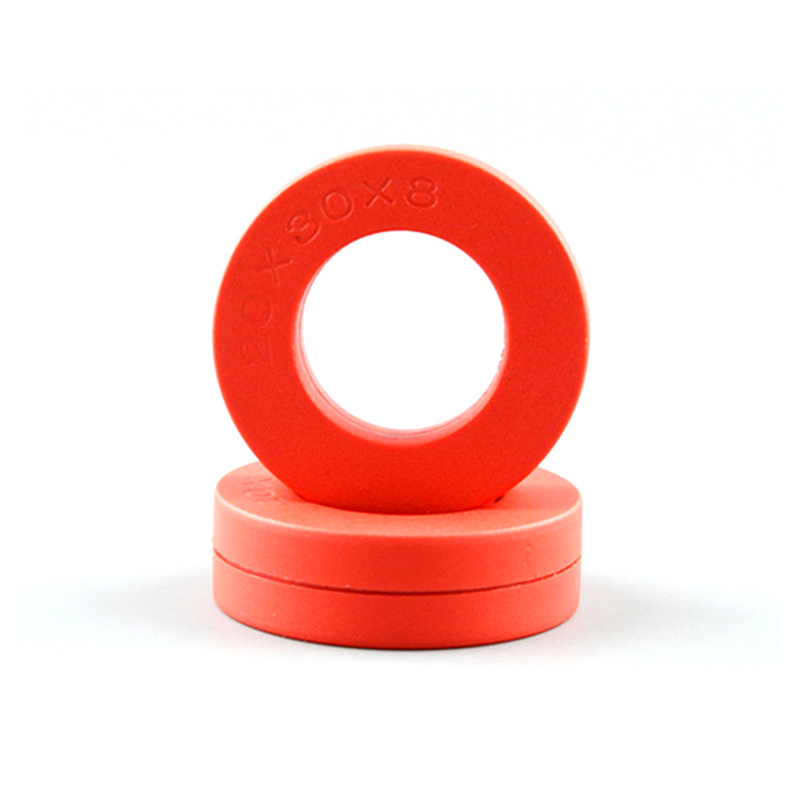 View More >>
View More >>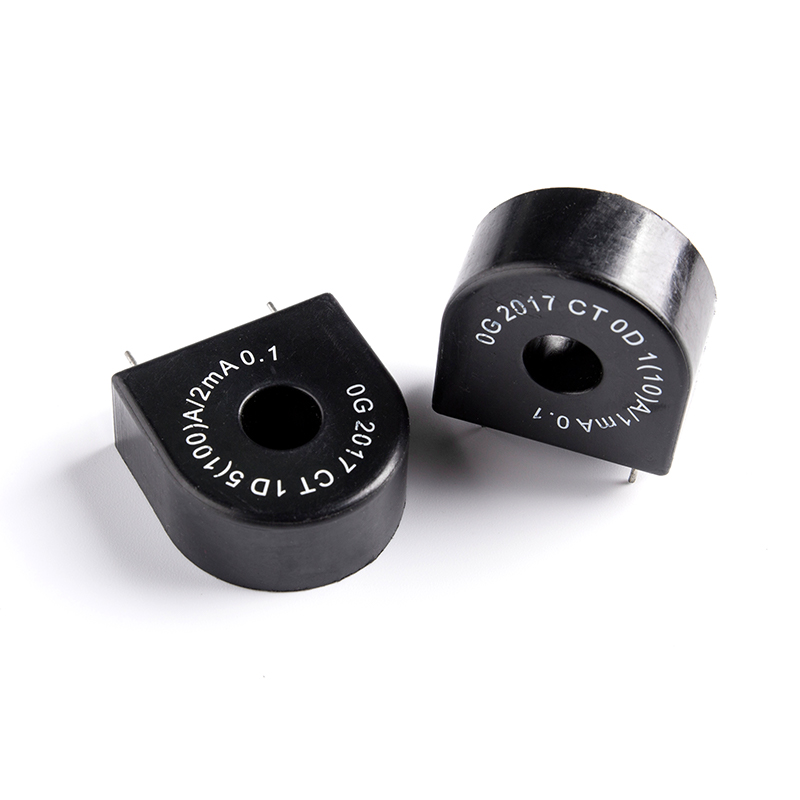 View More >>
View More >> View More >>
View More >>